Poplar
Poplar is characterised by its fine, even texture, indistinct growth rings and light colour. The even pale colour, depth and lustre give poplar a unique and attractive appearance and finish.
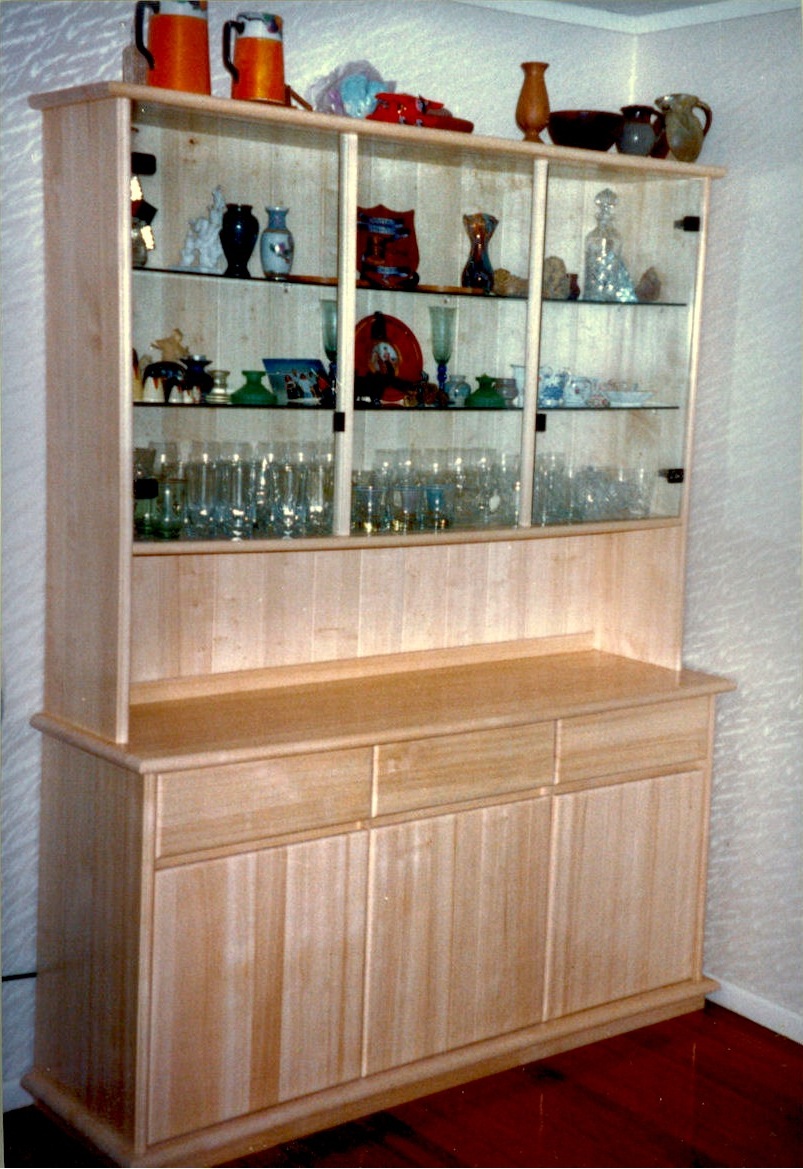
Product qualities
Poplar is a light coloured soft, low density hardwood timber. The sapwood is usually indistinguishable from the heartwood and almost white. Growth rings are not conspicuous and texture is fine giving the unfinished timber a plain appearance. However quartersawn material has a speckled lustre and depth similar to kauri once finished.
Uses and applications
Furniture, interior joinery, panelling, mouldings, packaging (the wood is odourless), kitchen utensils, doors, truck decking, shoes.
Physical and Mechanical Properties
In bending strength and stiffness poplar generally compares favorably with radiata pine on a wieght for weight basis. Strength-related properties increase with distance from the core. Therefore, the longer a poplar stand is allowed to mature, the more high-strength material will be available. However, poplar is not generally recommended as a structural timber because only limited dataStructural properties of timber from two poplar varieties, Journal of Forestry Science (1985)Click here for pdf... is available on characteristic stresses of poplarRefer to NZS 3603 Timber Structures StandardClick here for more details.... The exception is the "Kawa" cultivar which has excellent density and strength properties.
In addition to mechanical properties, preservative treatment would be requiredRefer to NZS 3602 Timber and Wood Based Products for Buildings StandardClick here for more details... to hazard class H1.2 for internal structural applications such as framing, rafters and beams. The boron diffusion method has been demonstrated to comply with NZS 3640:2003 Chemical preservation of round and sawn timber for poplar.
Poplar wood is tough and resistant to wear, and takes a lot of punishment before splitting. Such attributes make it useful for applications such as truck and trailer decking.
| Properties | Kawa variety*Physical properties vary for different clones. See FRI bulletin No. 124, 17. The poplars. |
|---|---|
| Density (12% mc) | 400 kg/m3 |
| Tangential shrinkage (green to 12% moisture content) | 5.2% |
| Radial shrinkage (green to 12% moisture content) | 1.9% |
| Hardness *The hardness rating of a timber species is measured by the Janka Test. This is a standard test which measures the penetration into the timber of a common load and projectile. The results relate to a hardness capacity of the material and are expressed in kN. Typical 35 year old radiata pine has hardness of 4.2 kN. (dry) | 2.3 kN |
Tension wood can cause unseasoned timber to warp and care must be taken in seasoning.
The machining, bonding, and finishing properties of poplars are quite good, making the wood well suited for a variety of uses, from furniture to veneer manufacture. Sharp knives are essential to avoid chipping when planing. The fibrous surface requires considerable sanding to ensure a high quality finish.
Poplar takes application of surface coatings well and takes an even stain.
Poplar wood has fairly low surface hardness.
Availability
Normally available in the marketplace
Natural durability
Poplar timber is not durable. CCA preservative treatment may give variable penetration.
Poplar showcase
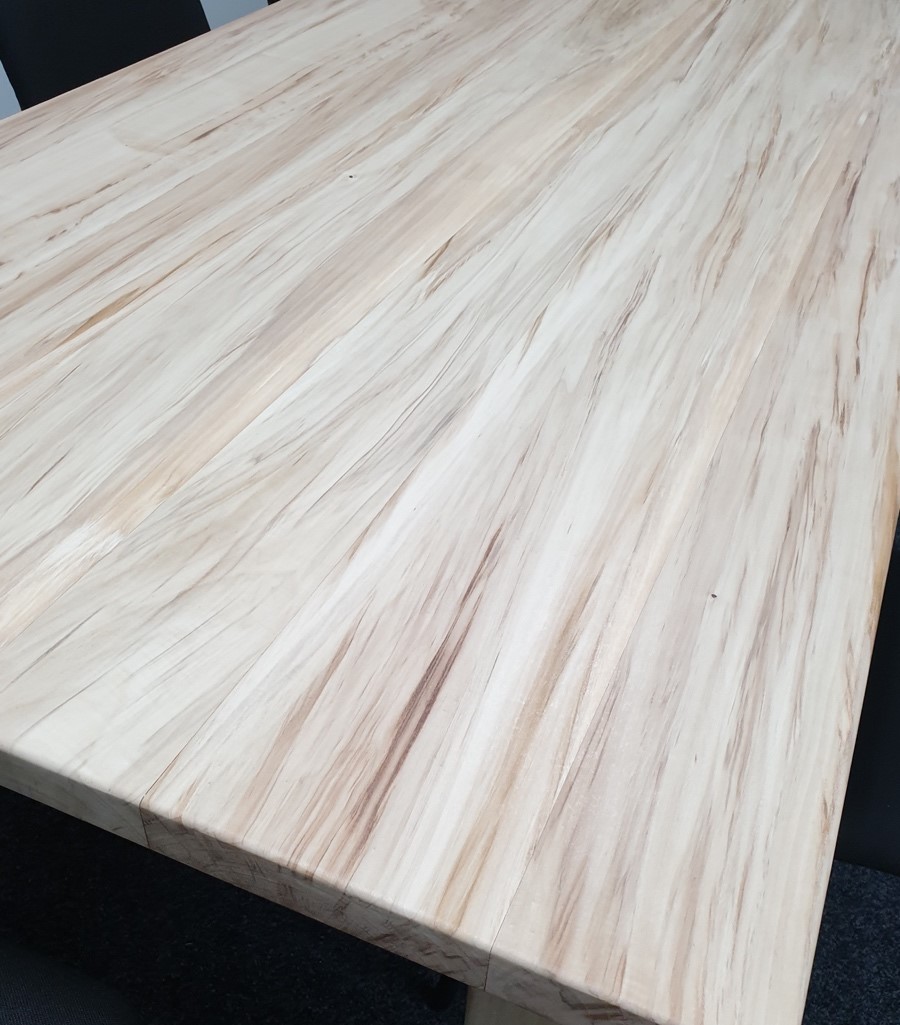

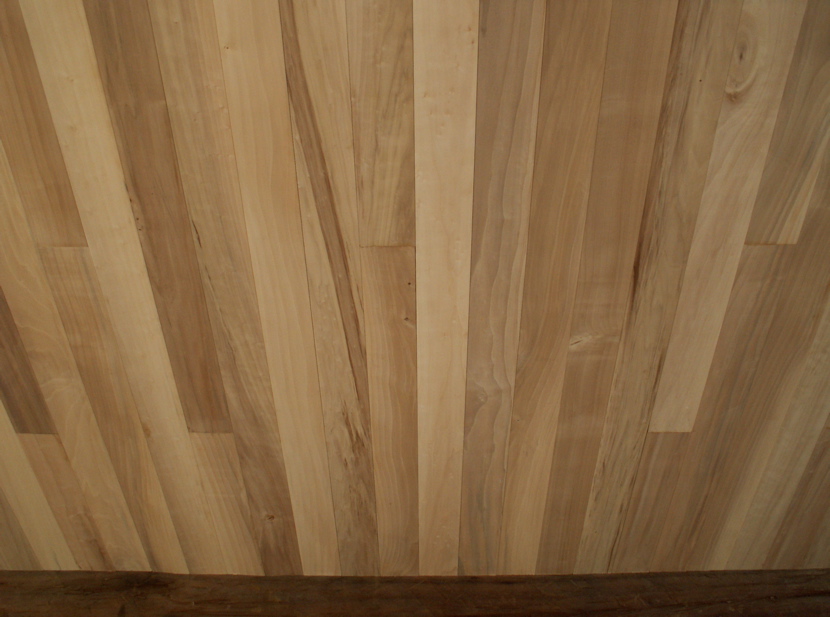
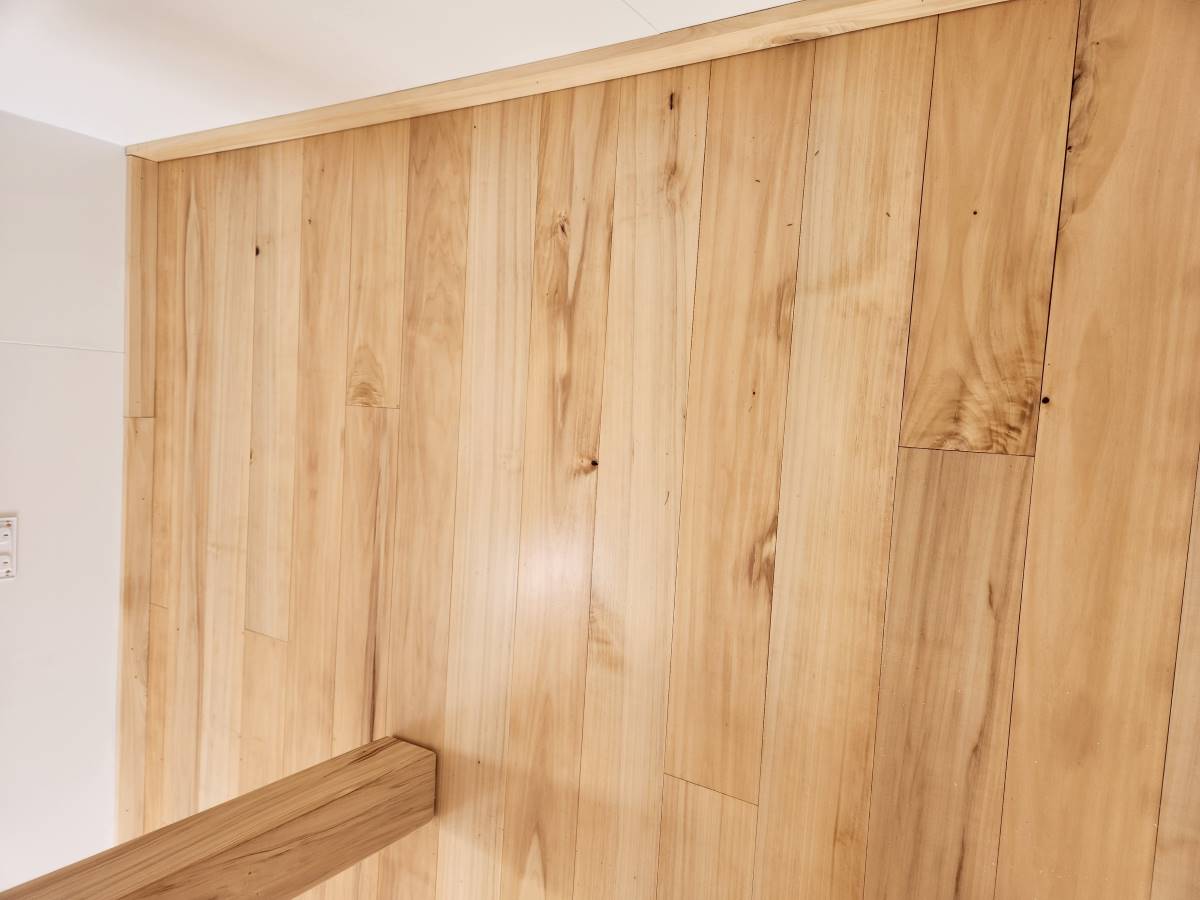
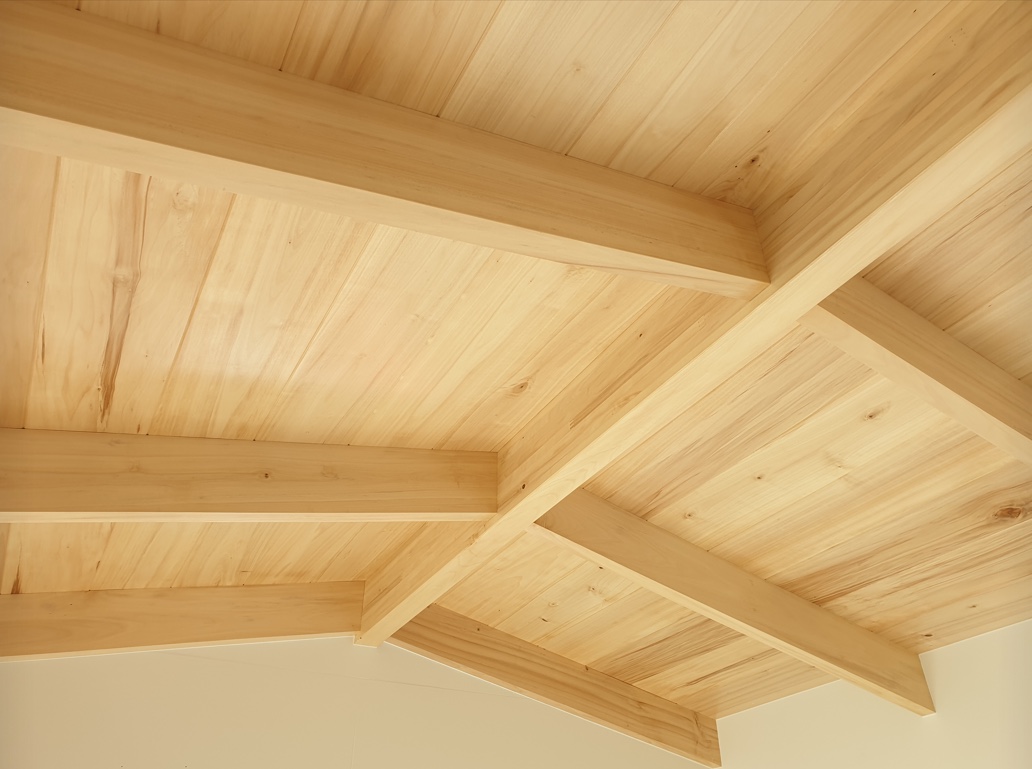
Disclaimer: While every effort is made to ensure the accuracy of the information provided on this site, Farm Forestry Timbers Society do not accept liability for any consequences arising from reliance on the information published. If readers have any doubts about acting on any articles they should seek confirming, professional advice.
 Farm Forestry New Zealand
Farm Forestry New Zealand Farm Forestry Timbers - Headlines
Farm Forestry Timbers - Headlines